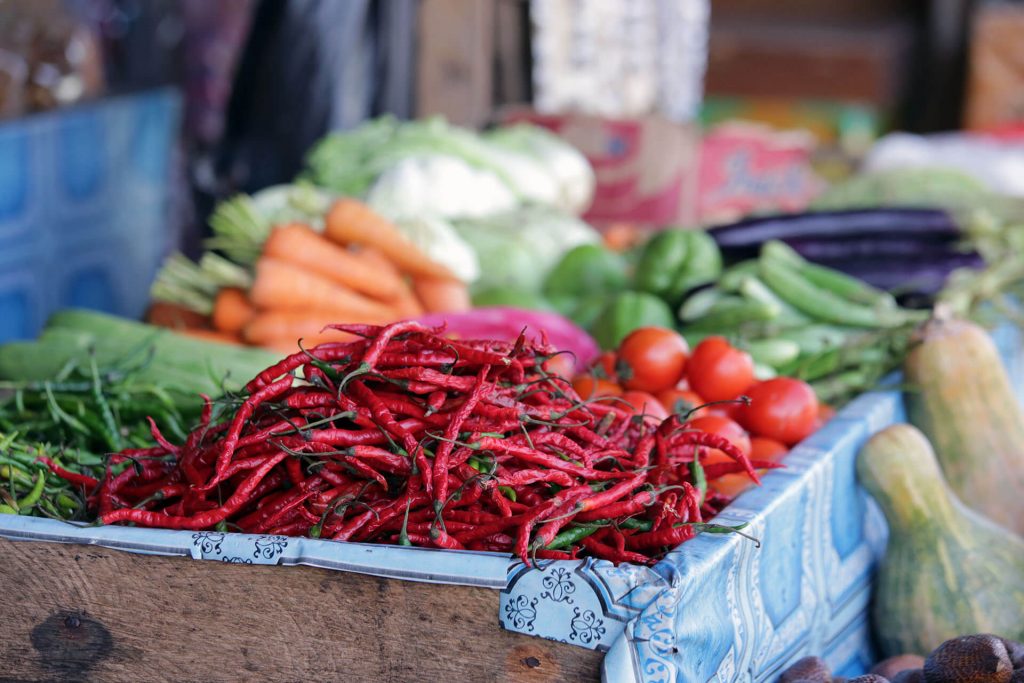Everyone in this world has a right to access affordable and nutritious food. Unfortunately, many low and middle-income families are still struggling to achieve that level of prosperity. In Indonesian cities, the price ranges of several primary food ingredients is higher compared to cities in its neighboring countries such as Malaysia, Thailand and India. This high price results in lower food purchase and consumption of the people. This group of people will adapt their diets based on the food price. They will choose cheaper food for daily consumption which oftentimes made the nutrition balance overlooked and elevate the case of stunting, wasting, and underweight due to nutrition deficiency.
The problem of high food price is also challenging for the traders in traditional market. These traders are often blamed by people when the food price is rising, while in fact, they did not solely control the price. The weather pattern determines harvest yield and the logistic fee governs supply chain. Even financial service can affect food price. Farmers and market traders are not deemed as bankable so they often turn to loan sharks who charge high interest and lead to higher product price. Traditional market needs to be accommodated to have a closer and easier connection to the main suppliers and distributors of food commodities.

The risk of malnutrition also exists in rural and remote areas in Indonesia where the access and affordability of nutritious food are very limited. An initiative called Pencerah Nusantara focuses on optimizing local foods and educating local people about the nutritious foods so that there will be better healthcare service in the area. In practice, most of the facilitators empower local people to grow their own agriculture products.
For example, the initiative in Mentawai provided seed, fertilizer, and supervision to nurture the community gardens. In Lindu, Sigi, the facilitators assisted the people to farm ducks. The most notable impact of Pencerah Nusantara was recorded in Poto Tano, West Sumbawa, where the facilitator advocated the utilization of daun kelor for substitution of nutritious foods.
In general, there are present challenges the complicated issue of food supply chain in Indonesia results in the limited access and unaffordability of food that results in higher risk of stunting or other malnutrition related illnesses. A better set of policies could be on improving infrastructure for better food distribution, providing seed subsidy and agriculture modernization, to reducing import restrictions for commodities that cannot be fulfilled domestically.





